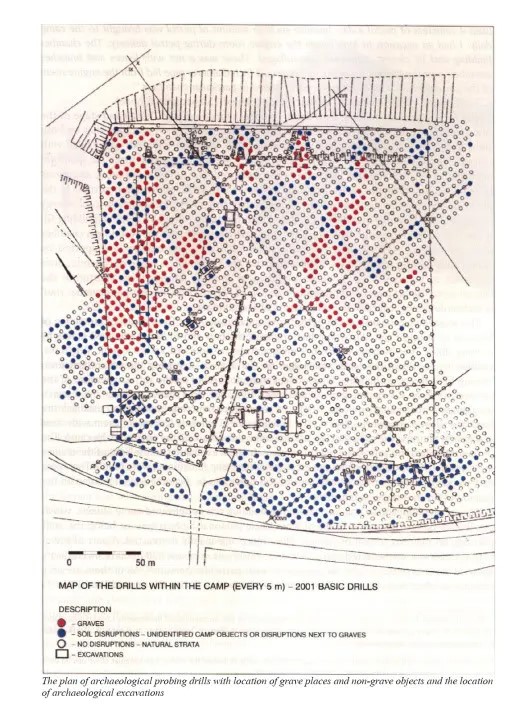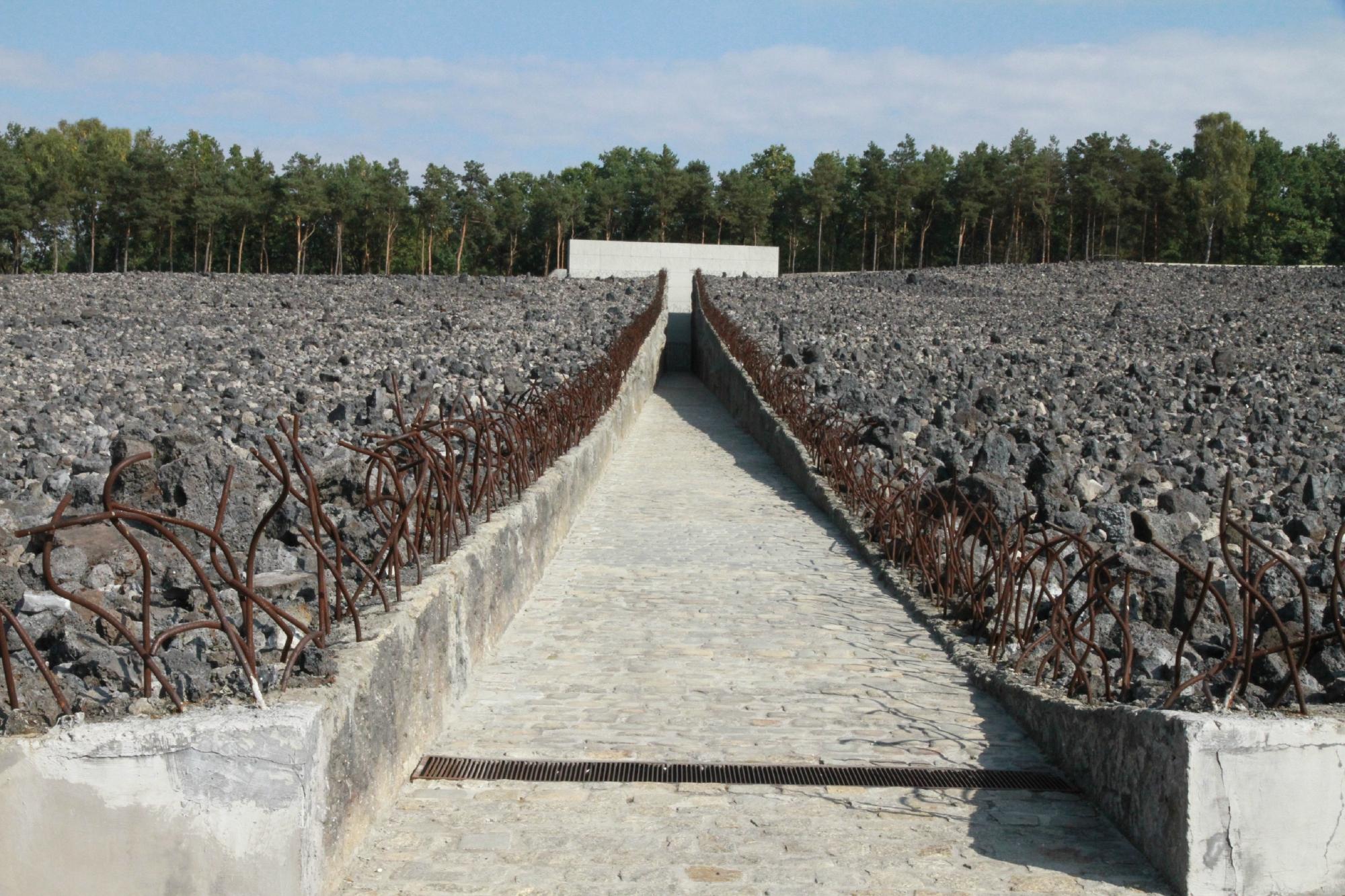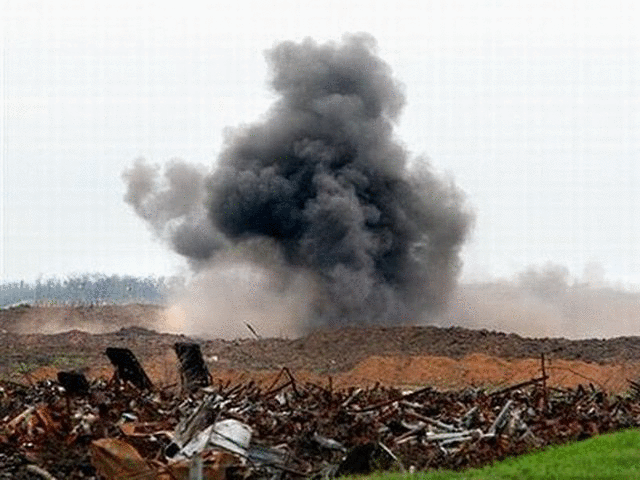For background, see the wiki page
https://wiki.codohforum.com/pages/index ... Kola_study
Here are what I see as the major issues.
1) The story is that around 500,000-600,000 bodies were buried at Belzec. Where were these bodies buried?
The graves estimated by Kola are 5,490 sq meters in area and 21,310 cu meters in volume. Keep in mind that those values are extrapolated from 65 mm boreholes. It's not even a given that they were that large.
600,000 bodies would imply:
109.3 bodies per sq meter
28.2 bodies per cu meter
In order to fit 28 people in 1 cu meter of space, the people would need to weigh only 35 kg on average and there would have to be ZERO dead space and no dirt. You'd have to run the bodies through a meat grinder to do that.
Mattogno suggests 8 people per cu meter as more realistic maximum which would correspond to 170,480 bodies. (Not to say the actual figure was necessarily anywhere near the maximum).
Muehlenkamp tries to (must) argue for around 20-22 bodies per cu meter, implicitly conceding that 600,000 is not even possible. He prefers the lower number, 434K, since that gives slightly less ridiculous numbers (20 vs 28 bodies per cu meter).
Muehlenkamp, in order to salvage this, is forced to assume that the bodies were small. Not only that, he also assumes significant space was saved through decomposition of the bodies, i.e., he assumes they waited for the bodies to decompose significantly, then added more to top off the graves. In order to use as little grave space as physically possible for some reason? That is getting rather desperate to try to make the numbers to work.
2) The Witnesses. Kola's grave map is nothing like the descriptions of many of the key witnesses. Star witness Rudolf Reder for example described very large, long graves, all of uniform shape and dimensions.
Reder:
Kola:One pit was 100 meters long and 25 meters wide. One pit held about 100,000 people. In November 1942 there were 30 pits, hence 3 million corpses.

Even if we are willing to overlook the fact that Reder's dimensions are ridiculously exaggerated, there would remain the problem that his description is qualitatively very, very wrong. It's damning.
3) The human remains in the graves include some unburnt bodies and some cremains. The grave areas are by no means pure ash (contrary to what some of you have assumed).
Mattogno notes that of the samples for which detail was shown (presumably the more impressive samples), "more than half show only a very thin layer of sand and ash, whereas among the remainder the percentage of sand is not less than 50%, and the thickness of the sand/ash layer varies greatly."
One last point would be an indirect point. Which side has been more interested in these results? Certainly the revisionists. It seems there was a bit of buzz early on among Holocaust promoters but this waned quickly. Try buying a copy of Kola's book. It's impossible. You literally cannot buy it which is odd if it supposedly proves the Holocaust. And then there's the other curiosity that within a few years of this study, they covered the entire site over with concrete, precluding any further archaeological work.



